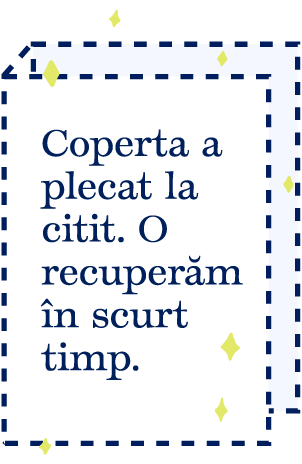Animal Eyes: How Creatures See and How Their Eyes Have Adapted to Their World

Animal Eyes: How Creatures See and How Their Eyes Have Adapted to Their World
Imagine being able to see in ultraviolet wavelengths, or locating your next meal in near darkness, or being able to rotate your eyes independently so you can see nearly everything around you without moving your head These are just a few examples of the incredible adaptations animals' eyes have made to help them survive and thrive in their habitats
Animal Eyes introduces young readers to the wonderful, wide-ranging and sometimes downright weird eyes that make up the animal kingdom The book starts with a crash course in how eyes and vision work -- covering everything from the biology of eyes to the physics of light to the features that protect eyes and keep them clean Following this is a survey of 40 of the world's most interesting animal eyes, replete with gorgeous full-bleed and inset photos and detailed captions
Here are just some of the animals covered:
- The bald eagle sees four to five times better than humans; in fact it can see small prey as far as 2 miles away
- Bees can see ultraviolet bull's-eye patterns on flower petals, directing them to specific flowers
- Domestic cats have strong low-light vision, which allows them to hunt in the dark A special feature called a tapetum lucidum is a reflective layer under their retinas This gives cats and other animals that distinct eye glow
- Peacock mantis shrimp are said to have the best vision in the world Their compound eyes rotate independently in all directions on the end of stalks Their eyes are unlike any other animal's: they can detect ultraviolet light, infrared light and have 16 photoreceptors They can also see polarized light
Animal Eyes is sure to enthrall and inspire the next generation of young naturalists with its informative text and beautiful photos
PRP: 185.69 Lei
Acesta este Pretul Recomandat de Producator. Pretul de vanzare al produsului este afisat mai jos.
167.12Lei
167.12Lei
185.69 LeiIndisponibil
Descrierea produsului
Imagine being able to see in ultraviolet wavelengths, or locating your next meal in near darkness, or being able to rotate your eyes independently so you can see nearly everything around you without moving your head These are just a few examples of the incredible adaptations animals' eyes have made to help them survive and thrive in their habitats
Animal Eyes introduces young readers to the wonderful, wide-ranging and sometimes downright weird eyes that make up the animal kingdom The book starts with a crash course in how eyes and vision work -- covering everything from the biology of eyes to the physics of light to the features that protect eyes and keep them clean Following this is a survey of 40 of the world's most interesting animal eyes, replete with gorgeous full-bleed and inset photos and detailed captions
Here are just some of the animals covered:
- The bald eagle sees four to five times better than humans; in fact it can see small prey as far as 2 miles away
- Bees can see ultraviolet bull's-eye patterns on flower petals, directing them to specific flowers
- Domestic cats have strong low-light vision, which allows them to hunt in the dark A special feature called a tapetum lucidum is a reflective layer under their retinas This gives cats and other animals that distinct eye glow
- Peacock mantis shrimp are said to have the best vision in the world Their compound eyes rotate independently in all directions on the end of stalks Their eyes are unlike any other animal's: they can detect ultraviolet light, infrared light and have 16 photoreceptors They can also see polarized light
Animal Eyes is sure to enthrall and inspire the next generation of young naturalists with its informative text and beautiful photos
Detaliile produsului











